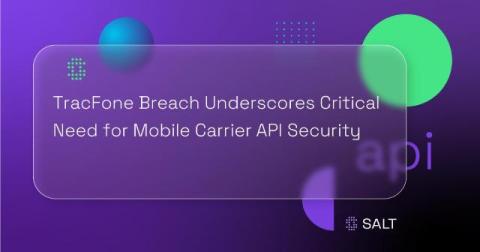The Polar Bear in Your Kitchen: A Cybersecurity Analogy
Imagine for a moment that your home has a rodent problem. To address this, you install a fancy system designed to automatically detect and trap animals before they can roam around your house and cause any damage. The system seems to work well; from time to time, you arrive home to find a mouse or a squirrel caught by the device. No big deal, right? Lots of small critters about and the system is working as designed to catch them.











